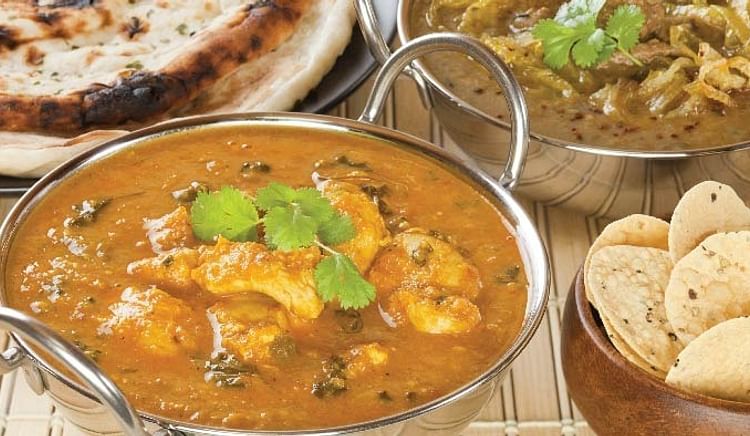
Ask a Hindi speaker for a curry and he will be completely nonplussed. Curry is just not a word that finds favour in most of the country, except perhaps in Kerala. Quite why it has become the catch-all term for a gravy dish cooked with meat, poultry, seafood or vegetables with the help of a thickening agent like tomatoes, onions or coconut is a mystery that perhaps the British can answer. After all, it was they who introduced the term. Curry is purely layman’s language.
Along with the first invaders into India like the Lodis, Mamluks and Sayyids came the term 'Saalan'. It was a counterpart of the term curry, not being particularly descriptive, except to denote a dish of meat and/or vegetables cooked with gravy. It was only later, around the 15th century, did the term 'Saalan' become split into two – Qaliya and Qorma. Qaliya refers to meat and/or vegetable preparation in which the dominant spice is turmeric. On the other hand, Qorma describes meat or poultry gravy dish that uses aromatic spices but no turmeric. Thus, you can have a red qorma if the chief spice is chilli paste/powder; a white one if curd has been used; a pale brown one if browned onions form the base and so on.
Lastly, Roghan Josh has descended into a free-for-all where every restaurant cooks a Mutton Curry, and calls it Roghan Josh. There is little similarity between one version and another. But this was a Persian dish that came into India via the Mughal court from where it travelled north to Kashmir. Roghan means either fat/oil or ‘red colour’ while josh means intensity. No tomatoes are ever used in this dish that is supposed to be cooked in lamb stock rather than water. Red Cockscomb flowers are soaked in water to redden the gravy that is redolent with aromatic spices (cloves, cardamoms, cinnamon). It is too aristocratic a dish to devastate into an also-ran in restaurant menus.
Written By
Appearing incognito is The Phantom's style, so we are keeping this identity under wraps. What we can tell you is that this is one food critic that has earned the respect of restaurateurs and foodies alike. With an astute palate and an adventurous spirit, the Phantom Critic has more than 20 years of experience writing about food and reviewing restaurants

